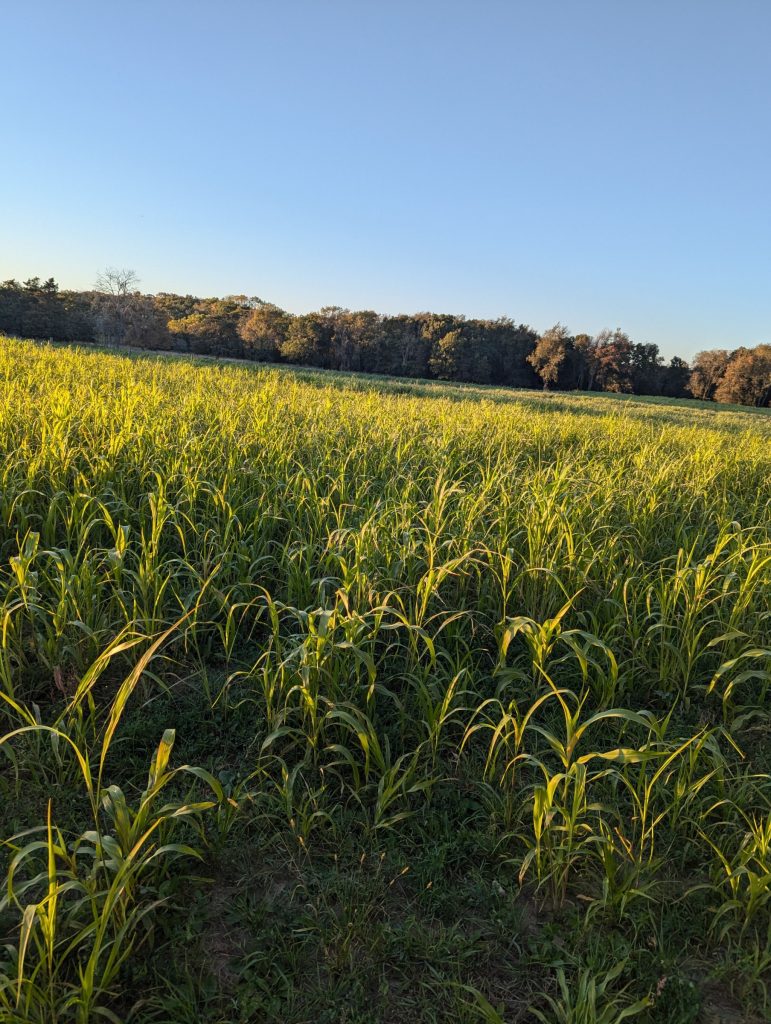
View weather and climate conditions this week in Wisconsin
Here are this week’s take home points about the weather, scroll down for the full report:
Current Conditions
- •
- The dry fall that we have been having continued last week, with only a few localized areas in the far N receiving a half inch or more. Days with little to no rain have been very common since August 1.
- Temperatures remain unseasonably warm for early October, with many station reporting average temps that are several degrees above the climatological average.
Impact
•Nearly all of WI is now experiencing dry soil moisture percentiles (compared to normal for early October).
•D0-D1 drought coverage expanded in WI on the latest USDM map, with the NE now categorized in D2 drought.
- Corn maturity is reported as 70% complete, with harvest now at 10% complete.
- Soybean progress is running well ahead of normal pace, with harvest jumping up 31% to 61% complete.
•GDDs are approaching 3300 (2700) units in the southern (northern) counties.
Outlook
•Statewide chances for precip next week, but totals are forecasted to be minimal
for most.
•Mid-October has a higher probability to be warmer and drier than normal, with a lean towards these conditions remaining in place for the rest of October.
•The remainder of fall is more uncertain for temperatures, with some lean towards above normal precip totals.
•La Niña is favored to be in place by September-November (according to the CPC)
What does this mean for you? Here are some things to consider for your farm this week:
Crop Development
•Monitor moisture in crops closely as the lack of precipitation and mid-season disease pressure has led to some crops drying out earlier than usual.
•Evaluate soil temperatures and moisture for the opportunity for cover crops after crops come off.
•Be aware that nitrogen is still mobile as soil temperatures are still above 50F in most places.
•As crops come off, consider diverse cover crop mixes to help mitigate any compaction that may have occurred this spring and protect soil heading into fall. Tools available here for cover crop selection and their use in a forage rotation.
Manure Applications
•Low runoff risk in the next week. Check the DATCP runoff risk advisory forecast here.
•As silage comes off, consider the relationship between manure and cover crops, learn more here.
Forage Management
•Look out for herbicide carryover, volunteers in late summer seeding of alfalfa after wheat. Read more.
•Corn Silage Harvest – look for local opportunities for stalk chopping to gauge moisture content, scout fields to understand which may be ready first. For varying planting dates, plan for a segregated, longer season harvest to optimize forage quality. More info here.
•Fall alfalfa cutting can affect persistence, read more and use our new tool to make informed decisions.




